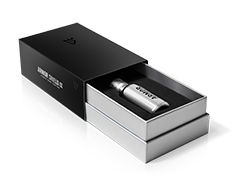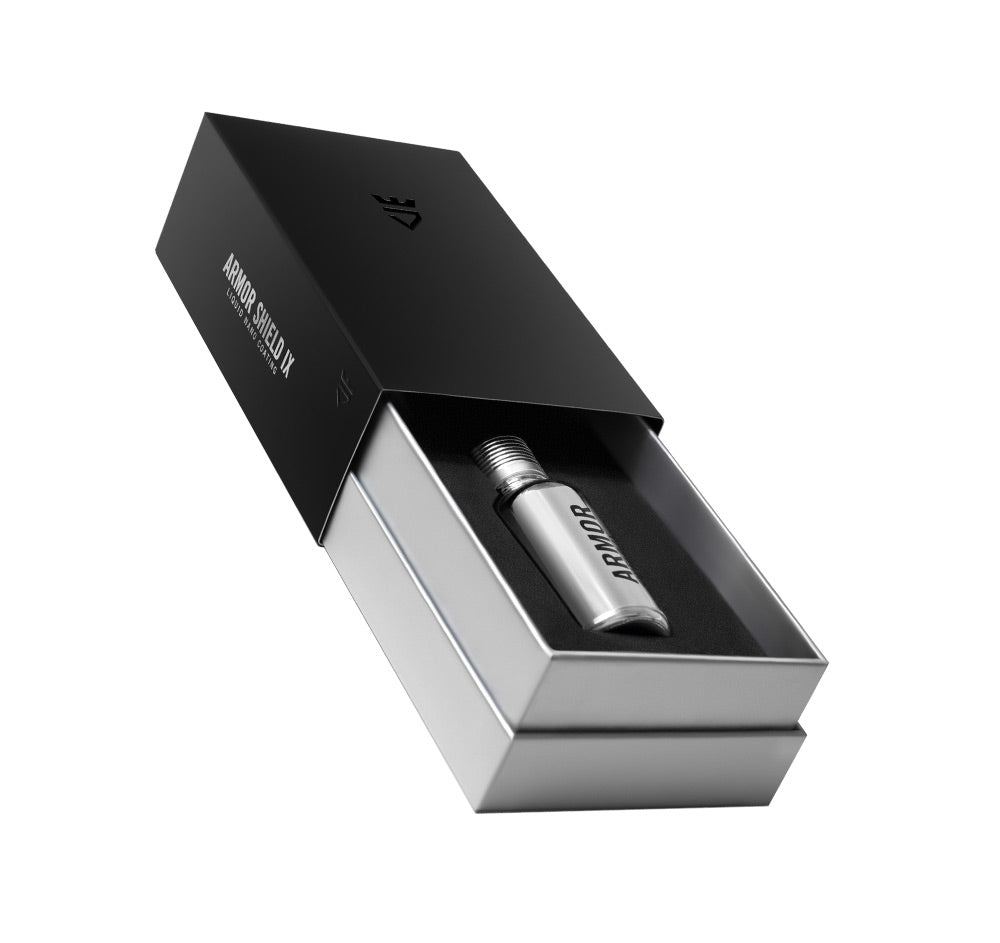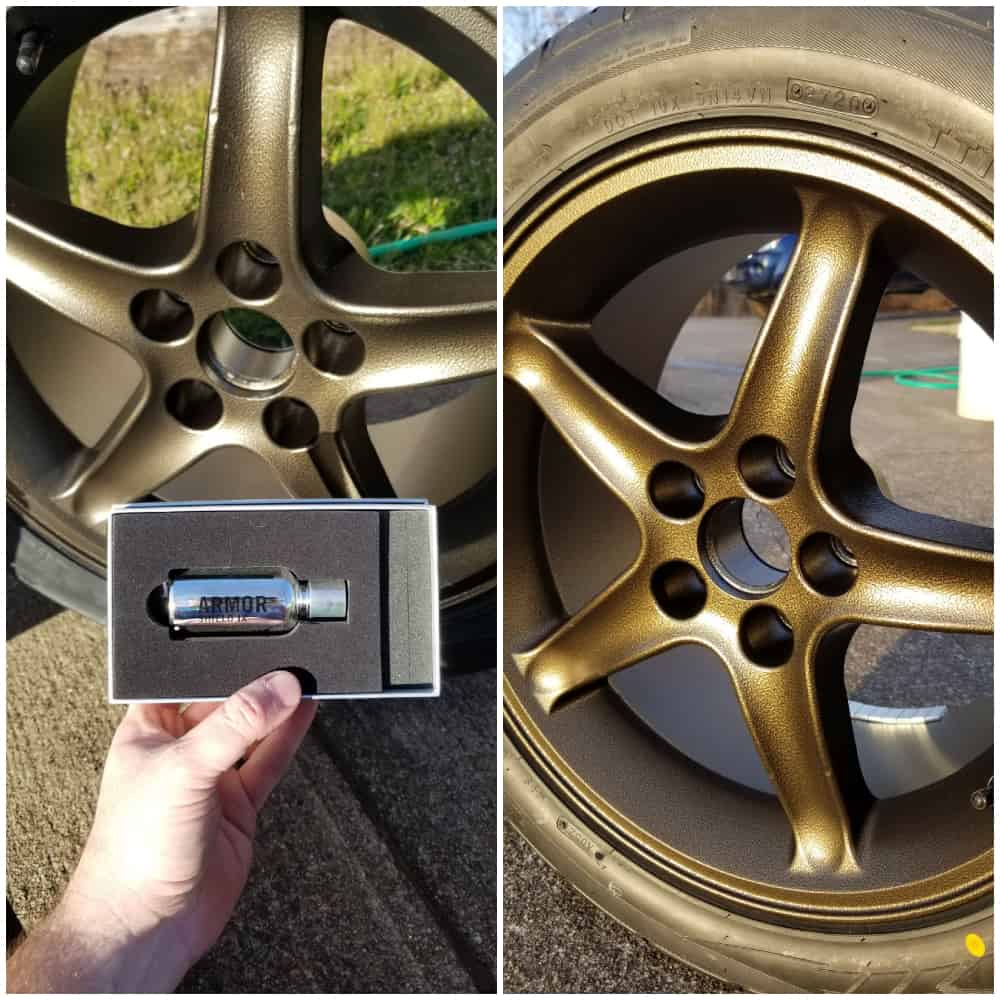As winter approaches, car owners breathe a collective sigh of relief. Not only do falling temperatures bring with them much needed respite from the heat, but it also takes a massive bite out of the number of insects in the air.
Despite seeing a significant decline in insect numbers in 2020, airborne bugs remain one of the more prominent causes of vehicular surface damage, especially when the weather is hot and humid.
So are there any efficient ways to remove stuff like sticky bug guts and baked-on beetle carcasses from a car’s grille, bumper, headlights, hood, and windshield? You bet your ass there are, and some of them are pretty unusual.
As we take a look at our options today, let’s remember that “Bug Removal 101” doesn’t have to be difficult or overly demanding. Is it gross and requires a dash of elbow grease? Without a doubt.
But with the right tips from the pros at your disposal, and the right car cleaning toys on hand, debugging that buggy will be a breeze. So grab your insecticide, and let’s get gutsy!

What Damage Does Bug Splatter Have on Car Paint?
Despite their diminutive size, airborne insects take a sizable toll on a car’s clear coat and paint due to their tendency to “splatter” at higher speeds.
As the bug’s insides come into contact with the automobile surface that caused its demise, various toxins and acids are released, which over time, can be quite corrosive.
While bug guts are not nearly as acidic as bird droppings, nor as sticky as tree sap, they can be extremely difficult to remove once allowed to solidify, eventually leading to permanent paint stains and etching.
Outside of the whole acidic side of things, there’s also the risk of chipping and scratching. This kind of damage is commonly caused by hard-shelled insects like flying beetles, which typically come equipped with exoskeletons, pincers, sharp grappling horns, and a fair deal of body mass.

Can You Protect Your Car for Bug Season?
As we stated above, bug splatter tends to occur most often in summer, as this is when the majority of all airborne insects are active. People also tend to take a lot of summer road trips and go on holiday during the warmer months, so the number of automobiles on the roads increases significantly when the weather warms up.
To cut down on the level of damage inflicted by these airborne nuisances, humans have come up with quite a few different ways to protect their rides during insect season. Here are a few of the more “creative” approaches commonly employed by enterprising DIY minds, along with some proven solutions from the pros.

Petroleum Jelly Coat Your Front End
You may laugh, but a lot of people swear by the old petroleum jelly bug-protection plan. Apparently the slickness of petroleum jelly, combined with its clear appearance, makes it a simple solution for cheapskates looking to protect their vehicle’s front end from an insect onslaught.
These people claim that bugs will either slide off the jelly, or that their guts will remain encapsulated within the sticky stuff, thus making removal easier. This is partially correct, but there are more downsides to this inexpensive solution than perks.
Petroleum jelly contains ingredients that are not intended to be applied to automotive clear coat, especially when sunlight exposure is thrown into the mix. These same temps also cause petroleum jelly to smear and run, so one can only imagine the mess this shit will make once summer heat mixes with high speed interstate antics.
And then there’s all of the other crap that is going to get embedded within the petroleum jelly, thus turning your vehicle’s front end into a massive magnet for road grime, sand, dust, and all manner of other gunk.

Rain Repellant
Some people swear that rain repellant, which is typically intended for glass surfaces like windshields and side mirrors, works extremely well at preventing insect-related damage from occurring.
Strikingly similar to synthetic spray wax, rain repellant products create a slippery, water resistant surface. While this stuff won’t do squat to protect a vehicle’s front end from the damage inflicted by hard-shelled insects, it has been known to temporarily prevent bug guts from embedding into surfaces.

Install a Clear Bra
If a bug’s going to go full kamikaze, having a clear bra wrapped around your vehicle’s front end is going to make a massive difference in the impact that it makes. Also known as a paint protection film (PPF), this highly flexible, and surprisingly resilient polymer material is one of the soundest solutions for those looking to combat surface scratches and paint chips.
On the downside, PPF requires contracting its installation out to a pro installer, which tends to be a bit on the pricey side. It also doesn’t do much in bug splatter removal any easier, which is why a lot of people apply a ceramic coating over the top of these super stretchy, space-age automotive films.

Nano Ceramic Coatings
When it comes to preventing “bug chips” and insect splatter, nano ceramic coatings offer the best of both worlds, especially when applied in DIY form. Quartz crystal hard, and extremely resistant to abrasive foreign contaminants and liquids alike, nano ceramic coatings are the ultimate armor against insects and all manner of other airborne unpleasantness.
Methods for Removing Bug Splatter from Car Paint
Once an insect has become affixed to your automobile, its carcass’ timely removal becomes paramount. While the internet forum monkeys have all kinds of bug gut removing recommendations, we have found that the following techniques tend to yield the best results.

Bug Removal Sponges
One of the more tried-and-true bug removal products, is the classic bug sponge. This microfiber mesh product is soft enough that it won’t scratch clear coat and paint, while being coarse enough that it will snag any crushed exoskeletons that are stuck on the surface. For the best results, use a two-bucket wash method, apply lots of water, and put a pH neutral maintenance shampoo into play.

Clay Decontamination Media
One of the best bug removal products on the market, is the clay decontamination mitt. This product takes the surface scouring strengths of a classic clay bar, and embeds it within an easy-to-use microfiber wash mitt.
Not only does the clay mitt’s large surface area help shave away swaths of squished insects at a more rapid rate than a classic clay bar, but they are also completely reusable, and do not need to be discarded if dropped on the ground. For a more in-depth look at clay decontamination media, and advice on how to properly use these products, be sure to scope-out our AvalonKing article on claying cars.

Bug and Tar Removers
If you’re looking for a spray product that isn’t going to turn your clear coat or chrome into a bubbly pile of poo, consider using a purpose-built bug remover spray. Loosening insect splatter and all of the crusty debris that comes with it, is but merely a soap and microfiber mitt affair once a bug remover spray has been applied.
Quick Tip: Avoid using the old “glass cleaner and a wet cloth” method for removing bug debris. Many of glass cleaning chemicals contain ammonia, which can damage unprotected surfaces and clear coats alike.

Dryer Sheets and Water
You can call bullshit all day long on this one, but even Napa Auto Parts admits that dryer sheets work well on moderately hardened bug splatter. The key to this method is to spritz the vehicle down with a spray bottle that’s been filled with warm water, and making sure that your dryer sheet also remains wet the entire time.
If there’s a particularly stubborn spot, liberally spray the bug splatter with water, as this will allow it ample time to soften. Once agitated with the H20 saturated dryer sheet, rinse the surface area with fresh water, and then hit it with a microfiber washcloth or mitt that’s been loaded with water and pH balanced automotive shampoo.
Quick Tip: If using the dryer sheet bug removal method, be sure to thoroughly shampoo and rinse the area of the vehicle where it was applied. There are chemicals within these laundry products that you don’t want curing on your car’s clear coat.

WD-40
There’s a reason why so many people claim that WD-40 works on everything, including bug splatter. This oil-based lubricant is a badass when it come to dissolving sticky stuff and softening caked-on crud, including bug guts and hardened exoskeletons. The only downside is that WD-40 is petroleum-based, so you will need to scrub and rinse the surface that you scoured with car shampoo and water to get all of that greasy goodness to dissipate.

Parting Shots
Bug splatter, tree sap, bird droppings, and other naturally occurring sticky stuff can be extremely difficult to remove, especially once allowed to harden atop a car’s clear coat.
However, applying a nano ceramic coating can eliminate the filth and frustration associated with this time-consuming process. A 9H-rated nano ceramic coating, like Armor Shield IX, contains acute hydrophobic properties, which means that it is extremely difficult for slick and sticky matter to cling to it.
Being that the first two years of Armor Shield IX protection are guaranteed, you can bet your ass that AvalonKing has the ultimate bug repelling solution for your automobile or motorbike.
In fact, motorcycles are one of the fastest growing segments for ceramic coating applications. It’s not just the bike itself that gets coated too, but the rider’s helmet and hardened armor as well.
For more info on the whole ceramic coated bike craze, be sure to check out our article on applying surface protectants on motorcycles, and feel free to drop us a line if you have any questions.












